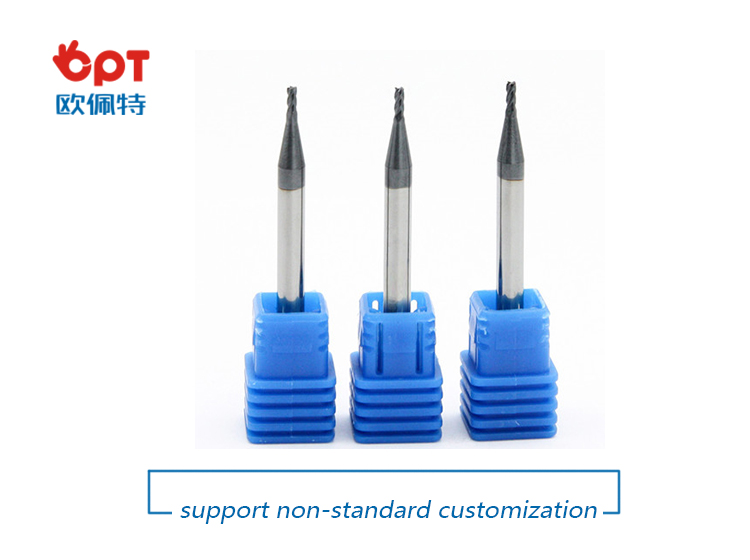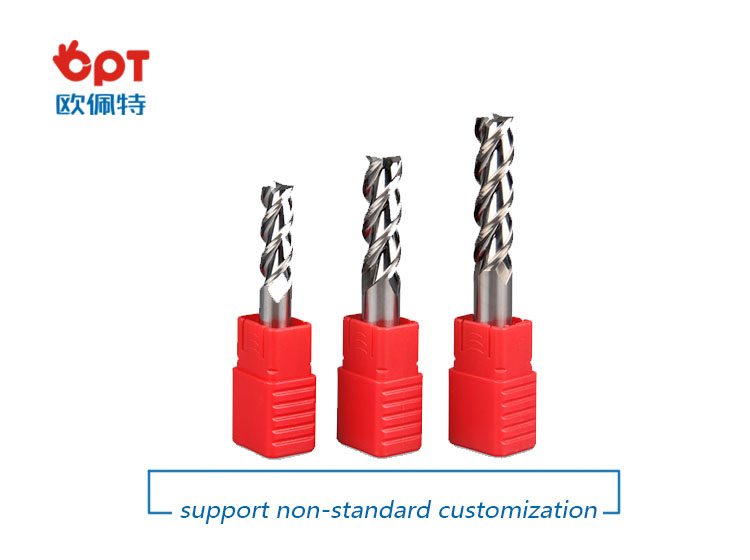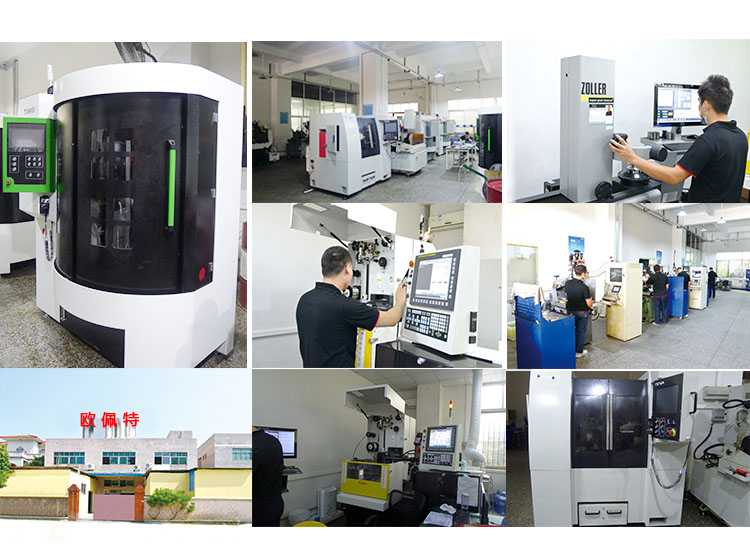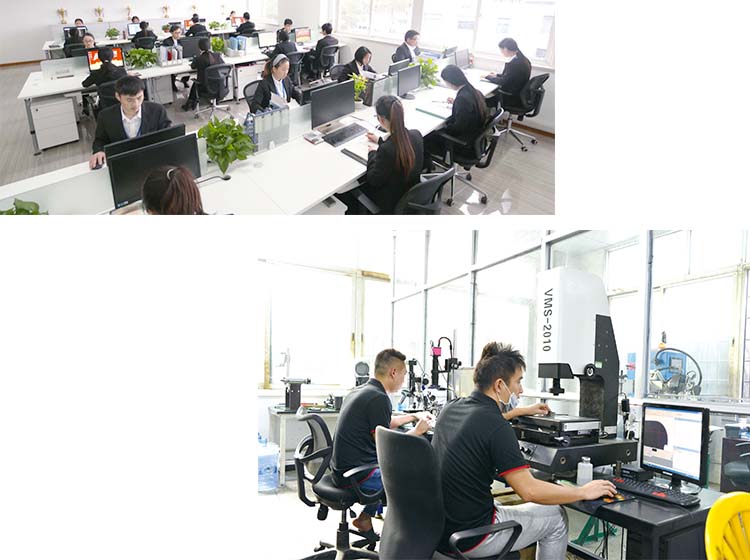With the continuous development and improvement of the frequency conversion technology, its excellent power-saving performance, good start-up characteristics and various protection functions have been better reflected in the enterprise, which has saved energy, reduced costs and increased the production. ASD.
1, the characteristics of the inverter
Frequency control is the best performance and most promising speed control technology. The frequency converter is the main product used in the industrial developed countries for the speed regulation of three-phase asynchronous motors. Its main advantages are: good energy saving effect, up to 55%; wide speed range, speed ratio up to 20:1; good starting and braking performance, soft start, automatic smooth acceleration and deceleration and fast braking; The protection function is perfect, and it can realize various protection modes such as overvoltage, undervoltage, overload, overcurrent, instantaneous power failure, short circuit, stall, etc., and can realize fault judgment display; easy to use in electronic computer system, and can realize remote control.
2, the application of frequency conversion speed regulation technology in the control of cogeneration system 2.1 central heat exchange station and external network control
The boiler system mainly includes system constant pressure water supply, system hot water (carrier) circulation, system combustion control and furnace pressure control. In cogeneration, the superheated steam generated by it can be directly output, or it can be exported after steam and water exchange. The heat energy of steam or hot water is supplied to each heat user through various heat exchange stations in the pipe network.
2.2 Control of the external network circulation pump
Ensuring constant pressure in the heating system is a basic prerequisite for the normal operation of the heating system. The pipe network of the heating system is usually a closed pipe system, and in theory, the water consumption is small. However, in practice, it is difficult to avoid run, run, drip, leak and artificial water loss, which will inevitably affect the stability of system pressure. In addition, the temperature of the water in the system also affects the change of pressure. In order to stabilize the system heat supply, it must be ensured that the highest point of the system is in a full water state, and the pressure cannot exceed the capacity of the system. To do this, a constant pressure point needs to be determined on the return pipe of the system. During the system cycle, a stable pressure value is maintained, so that the flow rate and head of the circulation pump are limited to a certain range, and the flow rate is realized. The head is automatically adjusted, and the overheating and overpressure can be avoided to a certain extent for the boiler system. The variable pressure speed regulating water pump is used to pressurize the system, and the rotation speed of the water pump can be smoothly adjusted, and the water volume can be adjusted in time to ensure the stability of the water volume in the system. The method uses a pressure sensor to convert a pressure signal taken from a constant voltage point of the system into a (4-20 mA) current signal, and sends it to a pressure regulator, which compares it with a preset pressure value and emits a frequency. The command is given to the inverter, and the inverter automatically adjusts the rotation speed of the pump motor to adjust the water supply. Due to the incompressible nature of the liquid, the pressure control of the liquid is fast, and it is easy to maintain the pressure at the constant pressure point at the set value.
In the heating system, water is the carrier of heat energy, and the transportation of heat energy is accomplished by the flow of water. The higher the temperature of the water, the higher the heat content per unit of water, and the greater the flow rate of water, the greater the heat energy delivered. In order to adjust the heat pump's heat balance using the frequency conversion speed regulation technology, the flow rate can be adjusted to ensure the safe operation of the heating system under the condition of stable system pressure. Firstly, according to the current recommendation, the low water temperature, the small temperature difference principle and the operation adjustment formula are used to adjust the system water temperature according to the change of the ambient temperature and temperature. At the same time, according to the temperature difference of the return water, the rotation speed of the circulation pump is adjusted, thereby adjusting the temperature of the system to achieve the purpose of indirectly adjusting the temperature. The specific method is to use a temperature sensor to convert the change of the sampling point temperature into a corresponding voltage value or current value and then send it to the regulator, and the regulator compares it with a preset temperature value, and then issues a frequency command to the frequency converter. The inverter automatically adjusts the speed of the pump motor.
2.3 Control the induced high pressure conversion of the induced draft fan
The high-voltage inverter is a series-connected high-voltage inverter, which uses multiple single-phase three-level inverters connected in series to output high-voltage alternating current with variable frequency and variable voltage. According to the basic principle of electrical engineering, the speed of the motor satisfies the following relationship:
Where: P is the motor pole pair; f is the motor running frequency; s is the slip). It can be seen from the formula that the synchronous speed n0 of the motor is proportional to the running frequency of the motor (n0=60f/p). Since the slip s is generally small (0~0.05), the actual speed n of the motor is equal to the synchronization of the motor. The speed n0, so the motor's power supply frequency f is adjusted, and the actual motor speed can be changed. The slip s of the motor is related to the load. The larger the load, the more the slip increases. Therefore, the actual speed of the motor will decrease slightly with the increase of the load. The inverter itself consists of three parts: the transformer cabinet, the power cabinet and the control cabinet. The three-phase high-voltage power enters through the high-voltage switchgear, and is input to the power unit in the power unit cabinet through the input step-down and phase-shifting. The power unit is divided into three groups, one group is one phase, and the output of each phase of the power unit is the first and last phases. string. The control unit in the main control cabinet rectifies, inverts, and detects each power unit in the power cabinet through the optical fiber, so that the frequency is given through the operation interface according to actual needs, and the control unit sends the control information to the power unit. Corresponding rectification and inverter adjustment are performed to output a voltage level that meets the load demand.
The input side is powered by a phase shifting transformer, and the secondary windings of the phase shifting transformer are divided into three groups; this multi-stage phase-shifting superimposed rectification method can greatly improve the current waveform on the grid side, so that the mesh side under load The power factor is close to 1. In addition, due to the independence of the secondary winding of the transformer, the main circuit of each power unit is relatively independent, similar to a conventional low-voltage inverter.
The output side is connected to each other by the U and V output terminals of each unit to form a star connection to supply power to the motor. By recombining the PWM waveform of each unit, a stepped PWM waveform can be obtained. This waveform has a good sinusoidality and a small dv/dt, which can reduce the insulation damage to the cable and the motor. The output cable can be made long without the need of an output filter. The motor does not need to be derated, and can be directly used for the modification of the old equipment. At the same time, the harmonic loss of the motor is greatly reduced, the mechanical vibration caused thereby is eliminated, and the mechanical stress of the bearing and the blade is reduced.
2.3.1 Operation and start of the inverter
There are three operating methods of the inverter: one is local control, and the operation of the variable frequency speed regulation is realized by directly using the buttons of the human machine interface of the control panel touch screen, such as starting, accelerating, decelerating, resetting and stopping; secondly, remote control, remotely Controller, with switch and analog reference, input operation command and set value through terminal, I/0 interface; Third, DCS control, direct connection with DCS, realize perfect integration with on-site process control system, and control through on-site process The system realizes control, and the frequency conversion control of the induced draft fan mainly adopts DCS control. There are three kinds of startup of the inverter: First, the normal startup, after starting in the normal mode, automatically raises the frequency and runs stably at the frequency set by the user; the second is the soft start, after starting in the soft start mode, directly speed up to the system parameters. The grid switching frequency is provided, and then the system gives the inverter/power frequency switching command, and performs corresponding electrical interlock control to achieve the effect of soft start; the third is the bypass function, in the case that the inverter fault cannot be put into operation, Perform a manual bypass operation. QS2, QS3 are disconnected, QS1 is closed, the motor can be started and stopped directly by QF, and the motor is dragged. This is the direct bypass function of frequency conversion, and it is convenient for maintenance and overhaul.
2.3.2 Analysis of energy saving effect after frequency conversion transformation
The current environmental protection requirement in Tianjin is that all coal-fired boilers must be equipped with desulfurization and dedusting facilities. The addition of the two systems increases the resistance of the boiler's flue gas system by approximately 2,500 Pa, which increases the motor power of the induced draft fan by approximately one level, plus as an industrial steam. The heating boiler has the characteristics of large load fluctuations, and the operation of the wet desulfurization system will change with the operating conditions of the boiler, so that the resistance of the flue gas system becomes multivariable. For example, the damper adjustment system is simple and reliable, and the wind pressure is simple. Constant, low investment, but low adjustment accuracy, high power consumption, and then the desulfurization liquid of the desulfurization tower is adjusted with the change of boiler flue gas, the resistance of the tower is a variable, so the damper adjustment system is not suitable for the operation of the wet desulfurization system. Industrial and mining, does not meet the energy-saving requirements. The inverter is adjusted to adjust the induced draft fan according to the boiler load change, so that the wind pressure is within an optimal range, which not only meets the boiler operation requirements, but also meets the operation requirements of the desulfurization tower, and saves energy and meets the standard discharge, so that the flue gas system The running industry is optimized. The frequency converter also has the characteristics of improving the power factor of the power equipment, which will reduce the motor's absorption of reactive power from the power grid and reduce the active power loss caused by the reactive power transmission in the power grid.
By analyzing the boiler load change by 70%, the damper and inverter adjust the motor power will change by 50%, and the boiler load should be adjusted according to 40% of the time. For example, the annual operation is 8640h, the induced draft fan motor is 315kW, the electricity price is 1.00 yuan, and the inverter is used. Adjust the annual power saving by 544320 degrees and save electricity costs by 544,000 yuan.
2.4 Inverter in water level adjustment
When the drum water level changes, the transmitter's output signal will also change. The measurement signal is compared with a given value to generate a deviation signal to the regulator, and the regulator performs a corresponding operation on the deviation signal, and outputs the result of the operation to the frequency converter. When the inverter receives the output signal of the regulator, it will change the frequency of the pump motor power according to the signal, so as to change the motor speed and increase or decrease the water supply flow. The drum water level is stably maintained at a given value.
3,
The technology of frequency conversion speed regulation is becoming more and more extensive in all walks of life. Its energy saving, power saving, and easy to form a significant advantage of the automatic control system will become the central equipment for electric power drag. At the same time, the application of variable frequency speed control technology is also an effective way to transform enterprises and increase efficiency.

Concerned about surprises
Label: Energy-saving application effect of frequency converter in thermoelectric enterprises
Previous: Analytical electromagnetic clutch Next: Maintenance and use points of pneumatic tools
Micro end mills are designed for machining small and deep holes.Our high performance Micro End Mills have been used in medical, aerospace and electronics industries.
Applications:
Medical, Aerospace and electronics industries
Prototyping
Die Molds
Steel Rule Die
Engraving
Features
Mirco End Mills from 8µm diameter
Mills with 2, 3 , or 4 flute
Short lead time in the industry
Competitive pricing
Flexible in order quantity:
Samples can be provided before mass production, and MOQ can be discussed accordingly.
PRODUCT DETAIL:




PRODUCTING PROGRESS:

PAYMENT AND DELIVERY:

PRODUCT EQUIPMENT :

ABOUT US :
We are specialize in manufacturing PCD diamond tools and Carbide tools. Our major product inclulde PCD Inserts , PCD Reamers , PCD End Mills, PCD Taps, Cabide Inserts,Carbide Drills, Carbide Reams, Taps etc.,
We also offered customized cutting tools per drawings, and provide package according to customer requirements. We manufacture a series range of cutting tools for machining of Cast iron, Aluminium alloy and Non-Ferros metal, it is widely used in all major sectors like Automobiles, Engineering, Aerospace, Aviation and 3C industry. Premium quality of raw material is used in the production and strict examination during processing with advanced equipment, so our client are satisfied with our reliable quality and on-time delivery.
Our best selling of cutting tools include PCD Inserts, PCD End Mill , PCD Ball Nose Mill, PCD Reamer , Carbide Taps, Carbide End Mill , Special Form Cutter and many more. For these years we have been made a large forward in the technologies of manufacturing cutting tools. With high quality on performance and price, our product sells well both on domestic and overseas market. And we will always focus on the quality and best service, to make long business relationship.

quanlity control:
We have dedicated team of quality control and precise equipment to keep good and stable performance for our products and processing services.

Micro End Mills
Micro End Mill,Flute End Mill,Micro Milling Cutters,Micro Ball Nose Mills
OPT Cutting Tools Co., Ltd. , https://www.optdiamondtools.com